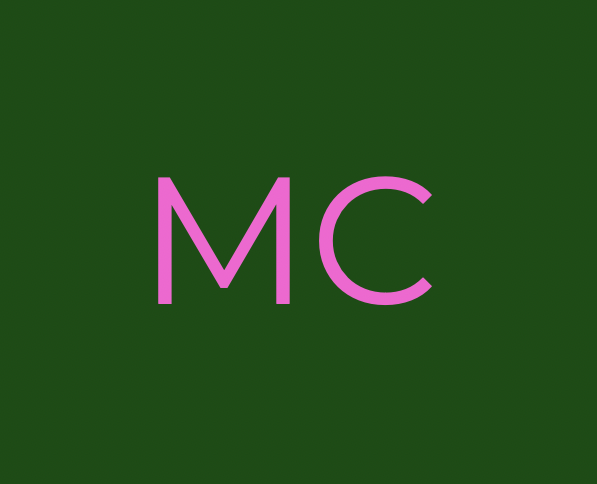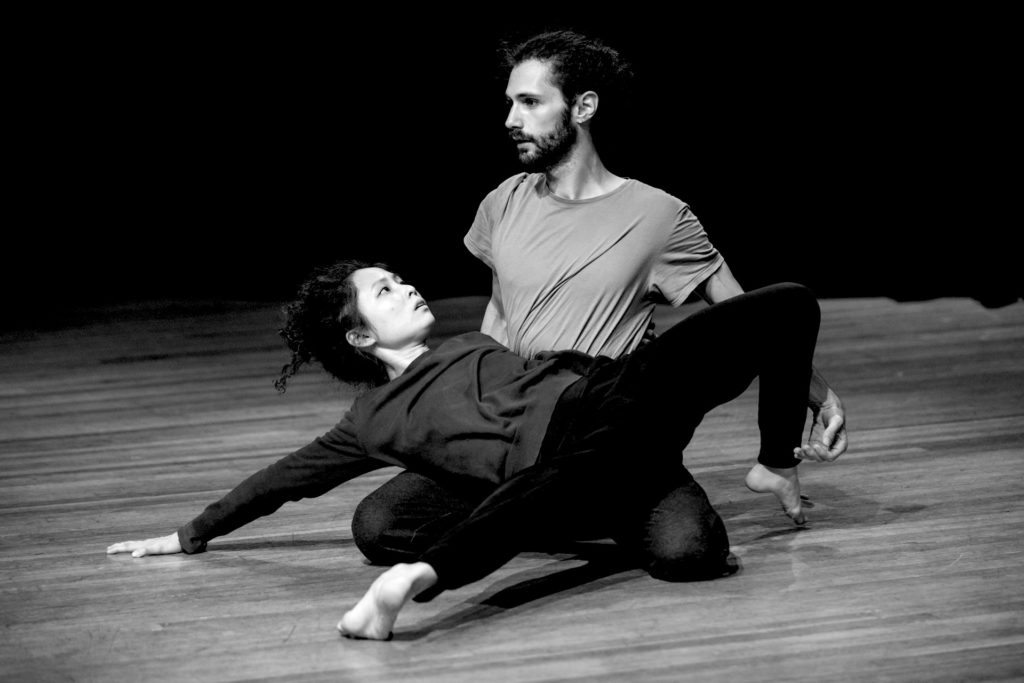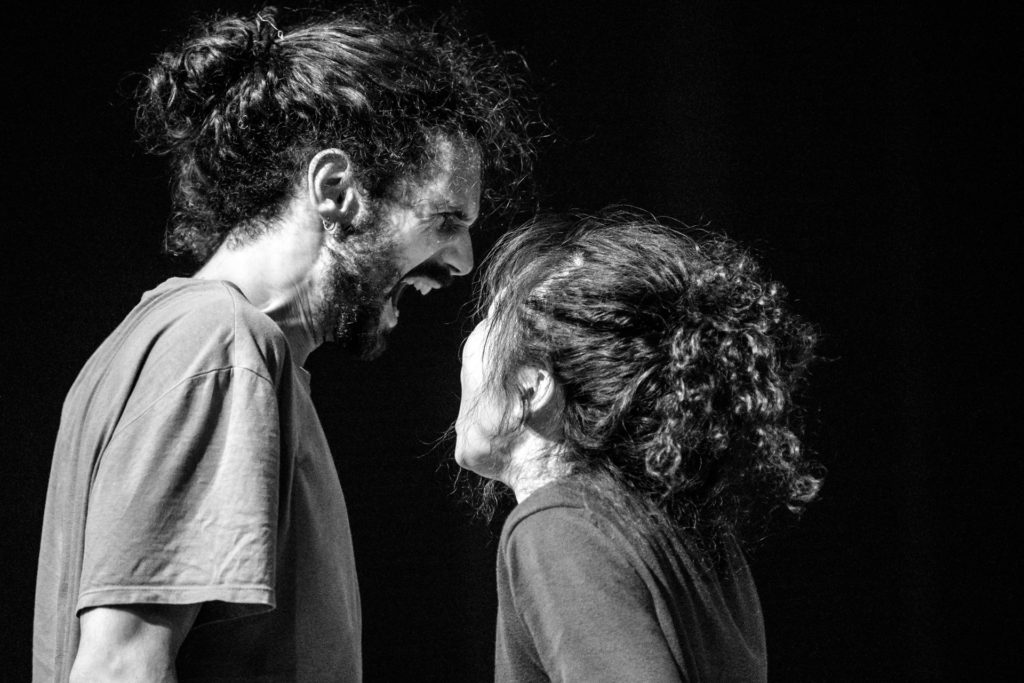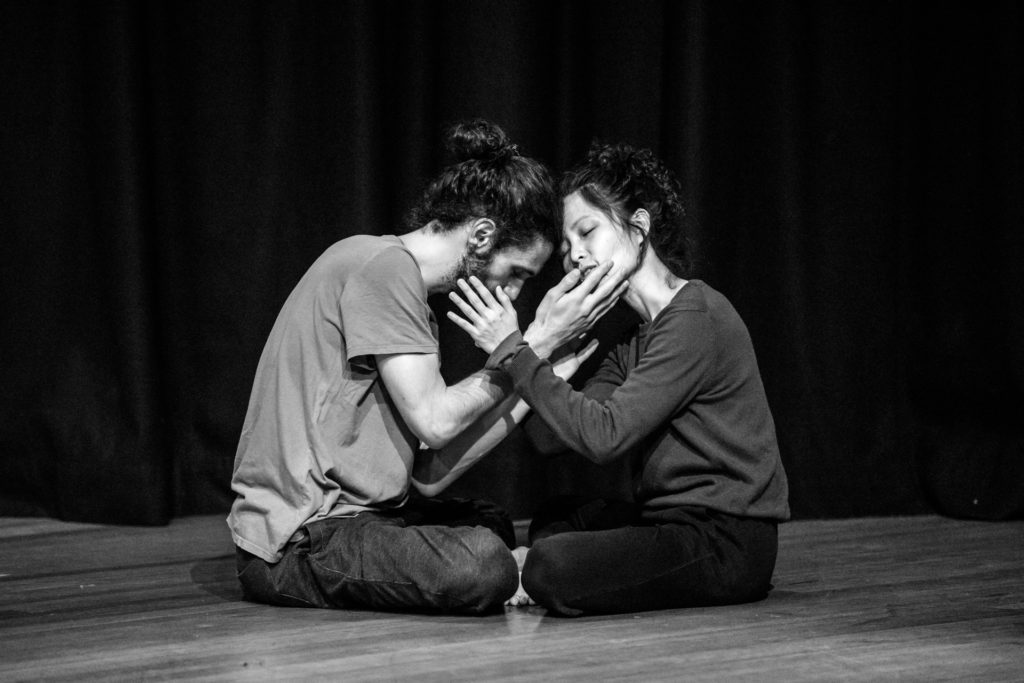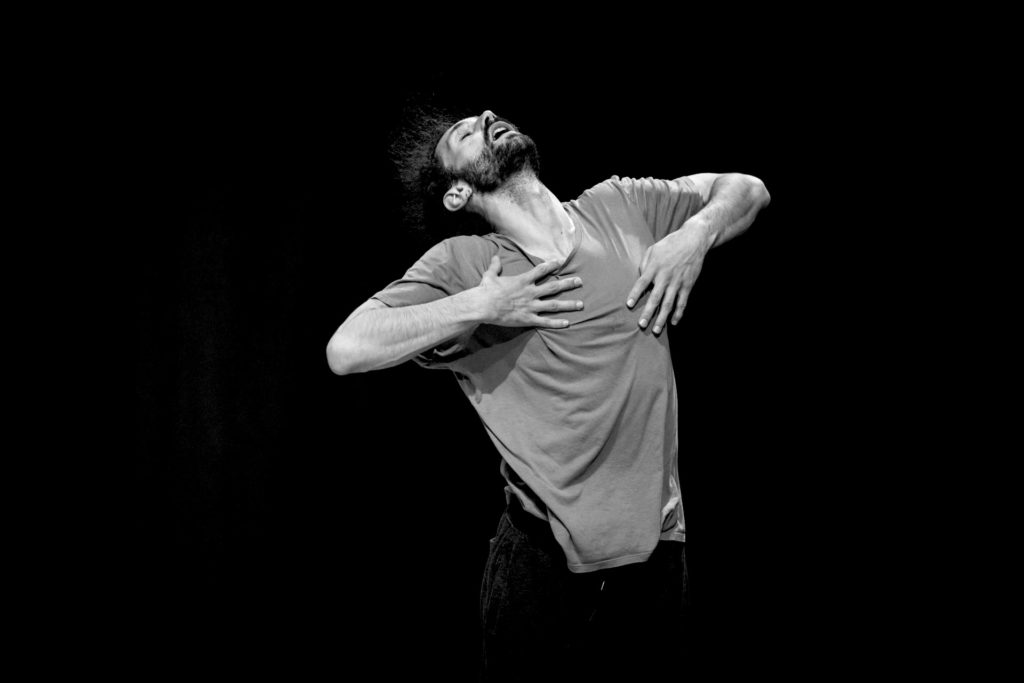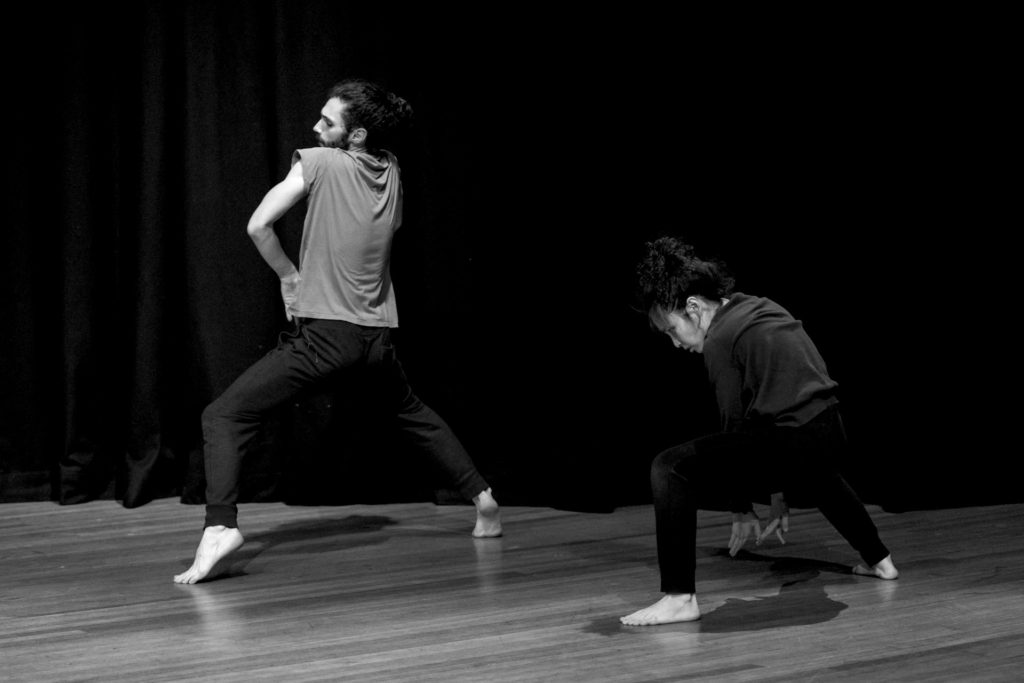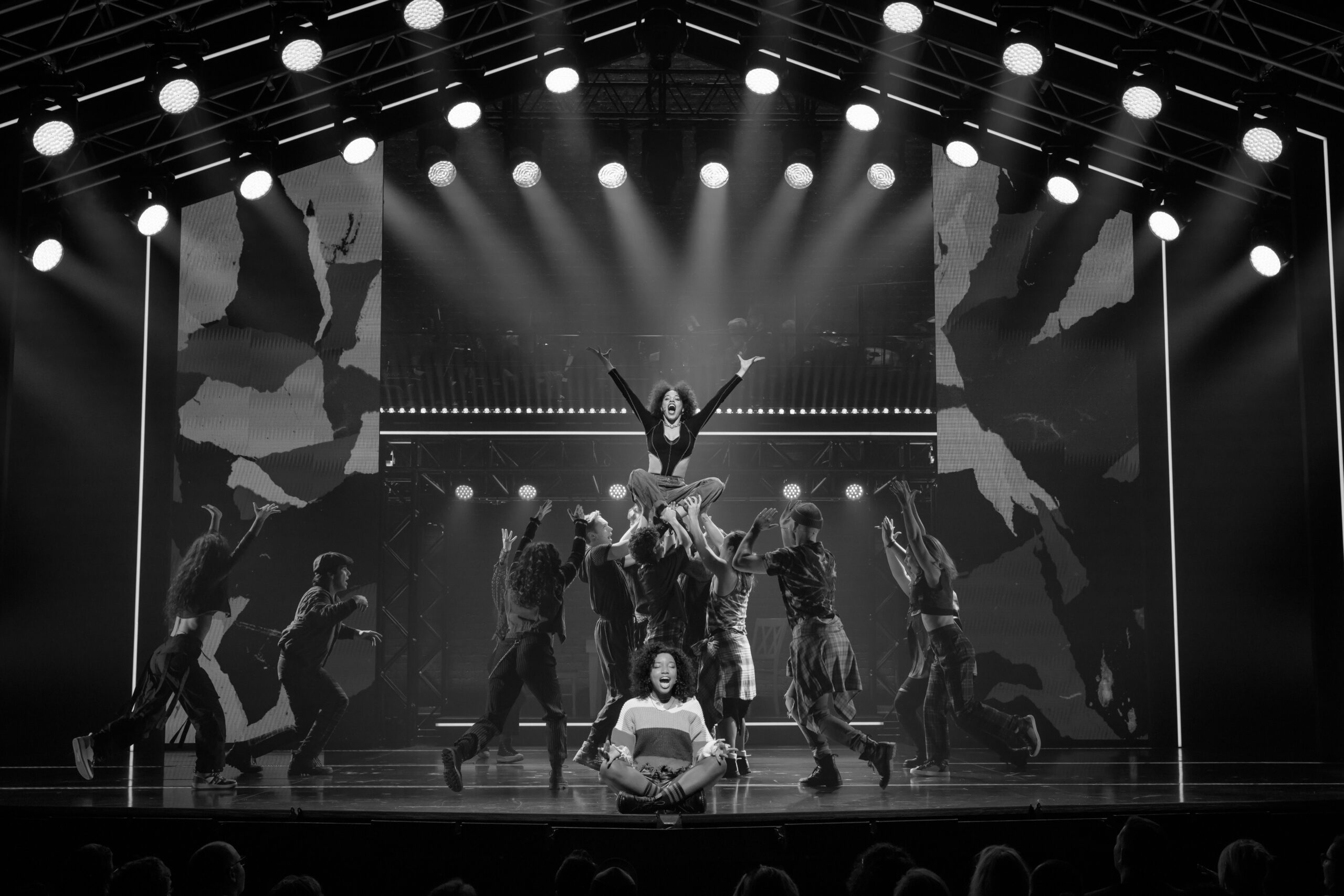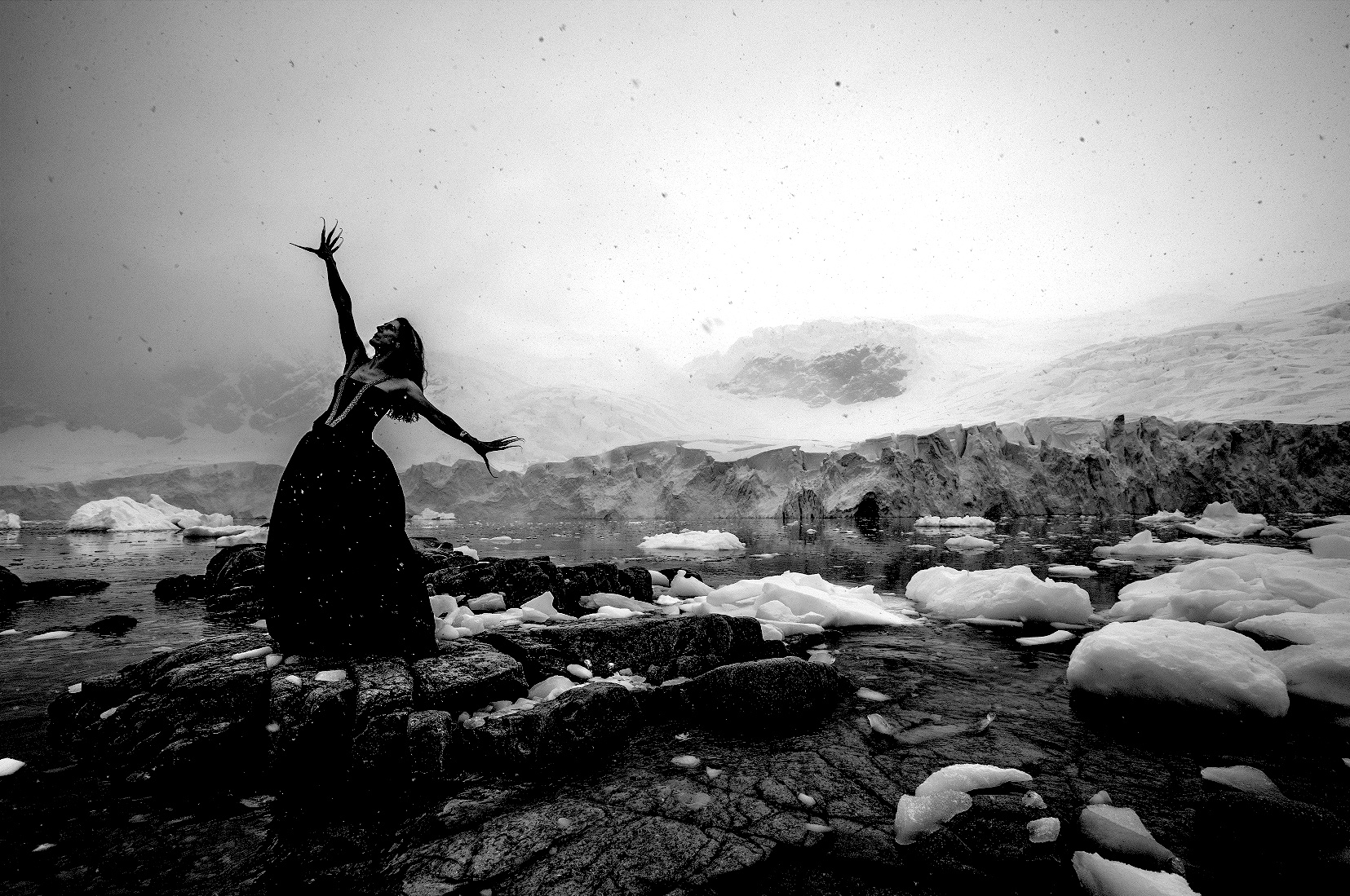REPLICA
Two figures emerge from the darkness and enter a heart-pounding, visceral world of split-second timing and melting fluidity. They are intricately tangled. This, is Replica a dynamic new dance work by Stephanie Lake Company which brings together a creative team of both leading Australian and international artists.
With whip-smart unison alongside wild, animalistic choreography, Replica is the non-narrative story of two people travelling a winding road together. In this study of similarity and difference, we witness the fascinating intersection of two people – two dancers who need each other to create the work but also rail against their intimate interdependence. The Melbourne Critique spoke with Stephanie Lake about dance, process and the creative drive.
Symbiosis is certainly a rich subject and concept to explore, but how does it translate into the physical, and how is it choreographed: does something of this structure or form go against or work in balance with the nature of the concept?
It actually translates into the physical beautifully. I’ve always thought of dancers working together as a symbiotic relationship – they are dependent on each other and incredibly intimate. In the case of REPLICA I’m working with two stunning dancers who know each other really well and are very close as friends and collaborators. Christina is Singaporean and Aymeric is French but they have incredible synchronicity and commonality despite their different cultural and training backgrounds. So, I wanted to explore the idea of symbiosis in this duet. Symbiotic relationships in nature can come in different forms. You have mutualistic symbiosis on one hand, where both organisms benefit from the relationship but there’s also parasitic – the type in which one thrives while the other suffers. I was interested in how this applies to human relationships – not only romantic or sexual, but all kinds of human relationships. We’ve all had relationships that drain us or feed us. I love the image of the little oxpecker bird living atop the huge giraffe – pecking away the ticks but also draining the beast of bits of blood
Your dance and choreographic style are at once recognizable and electric, where do you find inspiration, and can we expect the same high octane sensibilities to this work or perhaps something more contrasting?
REPLICA certainly has elements of all of my choreographic obsessions – fast and intricate movement patterns in counterpoint with a wilder, more animalistic physicality. Complex partnering and moments of humour and pathos. I’m drawn to strong visual ideas and of course Robin Fox’s brilliantly electric music. But this one is more emotional and tender than past works, I think.
I find inspiration in the dancers I’m working with, in everything I see and read and listen to and watch. My kids. Inspiration often comes while I’m doing something mundane like laundry.
Talk to us first about the creative process and your drive to create this new work, and secondly and in extension, introduce us to some the collaborators also working on this project?
I met Christina Chan about 5 years ago and we’ve been working on this work on and off in small creative developments. She suggested Aymeric for the work and the two of them came to Melbourne in late 2016. I’m so glad we’re finally bringing the show to the stage and to the audience thanks to Northcote Town Hall Arts Centre!
The other amazing collaborators are composer Robin Fox, Bosco Shaw on lighting and costumes by Paula Levis. It’s an A1 team.
The process for Replica has been organic and intuitive. We’ve worked on so many ideas in this one – quick and complex slapping sequences, bodily puppeteering, facial distortions, unified clapping, developing phrases of movement based on various stimulations, suspension of one body off the floor, intimate partnering and voice. The music has played a big part in the development also. Robin’s score is beautifully textured and dynamic, eerie and driving.
Does your dance and performance, stand to strike new conversations in the social spheres or purely to serve as entertainment?
In my experience you have a better chance of getting people talking or thinking if the work is entertaining. I’m always thinking about the audience experience – it’s important to me that it’s engaging and exciting. I want the viewer to be deeply inside the world that we’re creating for that hour or so. Dance has a rare ability to reach people on a gut level. I embrace that.
How do you see dance as an evolving form, and where do you think dance will be, and where dance will take you moving into the future.
I couldn’t possibly predict that! But I do expect that as people live more and more of their lives online there might be a reaction against that and more of a desire to engage with art that involves the body and a live, communal experience. For me personally I’d like to continue working on a huge diversity of projects and have the support to work on bigger, more ambitious performances. I’d love to work towards an ensemble company in Melbourne that employs dancers full-time.
